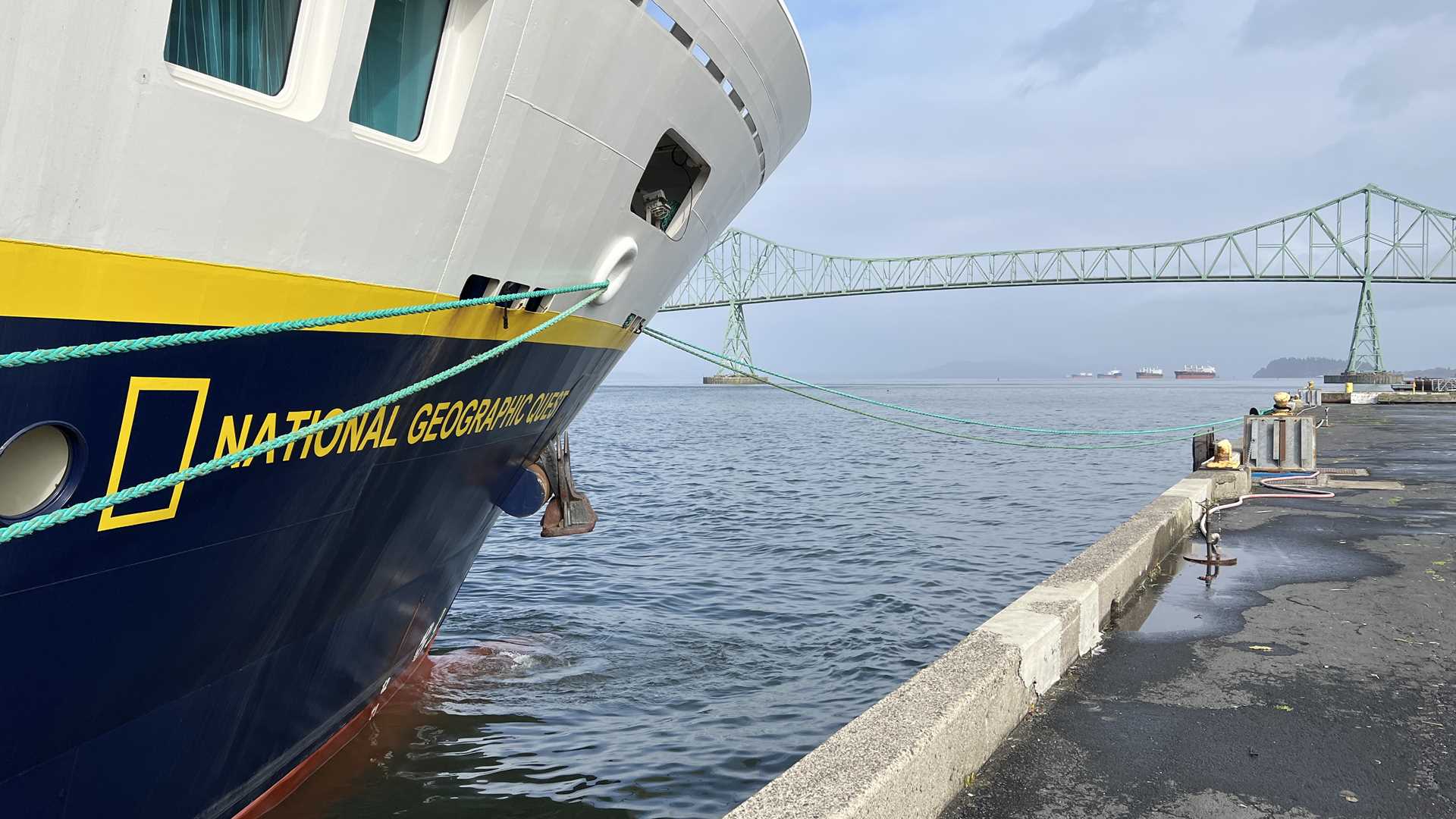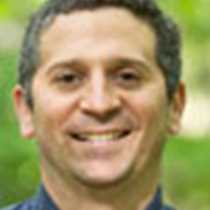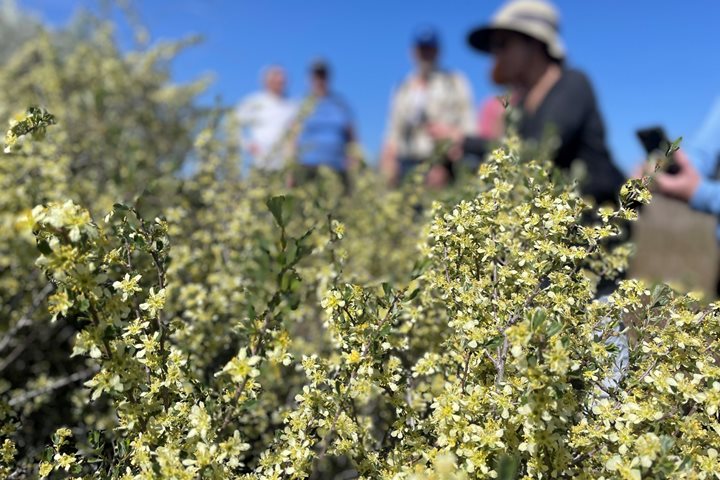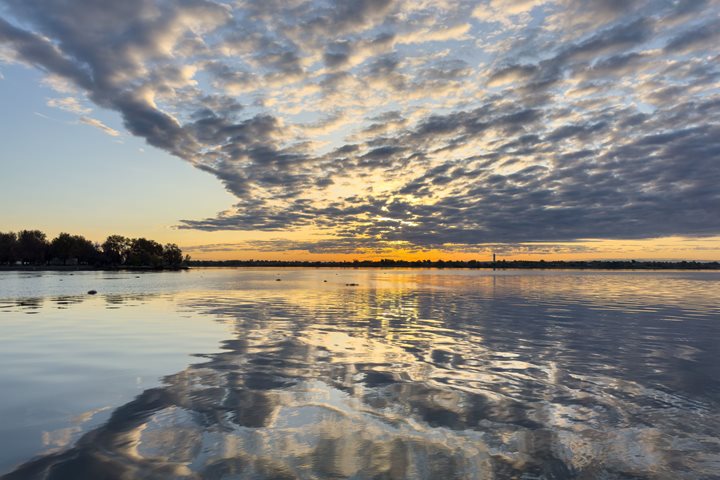As we woke up today aboard National Geographic Quest, we were greeted with some “Oregon sunshine,” more widely known as heavy rains. The bridge officers carefully maneuvered the ship to a close proximity of the pier in Astoria. While the guests enjoyed breakfast, our hard working deckhands tied us up and lowered the gangway so we could safely disembark for the day’s activities. Our expedition leader, Seph Duggan, encouraged us to prepare for a bucket of precipitation to fall from the sky. However, most of the day was relatively dry to our surprise. Many of us had speculated that because we were so prepared, it was dry, and had we not been prepared the weather would have been very wet.
In the morning, a visit to the Columbia Maritime Museum provided insights to the turbulent seas and maritime history of the Columbia River Bar. The museum features many informative and illustrative exhibits, including a few hands-on exhibits.
A short and informative bus ride narrated by our Historian Junius Rochester brought us to Fort Clatsop Historical site. Here we learned about the long (and wet) duration Lewis and Clark spent with the Corps of Discovery in the winter of 1805 until 1806. In addition we spent some time exploring the trails at the park and learning about the temperate rainforest. Western red cedar, Sitka spruce and western hemlock trees were observed, as well as many types of ground plants. A highlight of the walk in the woods was the many types of fungi that naturalist David Cothran pointed out along the trail. According to David, the range of fungi observed spanned from edible to very toxic if ingested. A highlight was the fly agaric (Amantia muscaria) one of the most iconic of the toadstool species. Needless to say, no field samples were consumed in any way by our guests.
In the afternoon we made a foray to visit Fort Stephens, the site of one of the few attacks on American soil during the Second World War. After this visit we made one final stop, an important visual ending to our journey at the expansive and glorious Clatsop Beach. Here we walked a sand beach, observed the crashing waves and explored the wildlife along the shoreline. Also at this location, we could see the wreckage of a ship named the Peter Iredale, of which the remains are sunk into the sand.
This day marks the last of National Geographic Quest’s season here on the Columbia and Snake Rivers. We will disembark tomorrow in Portland, Oregon, and the ship will make it is way to Central America where it will spend the winter. It has been a great season: And on behalf of all of the staff, crew and officers aboard National Geographic Quest, we thank you for traveling with us!







